Oats
All Oats Content

Comparing Cover Crop Mixture Performance after Oats and its Effect on Corn Yield the Following Year
A research trial completed at the South Dakota Agricultural Experiment Station Northeast Research Farm comparing cover crop mixture performance after oats and its effect on corn yield the following year.

Cover Crops
The benefits of planting cover crops are numerous.
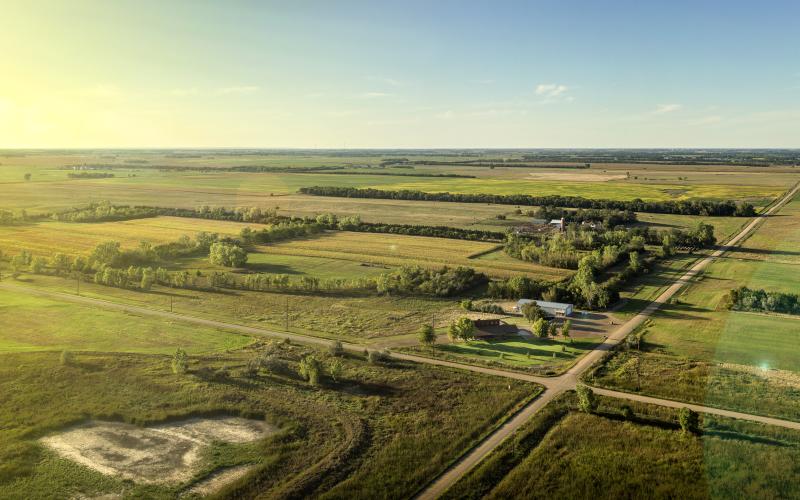
Crops
During the growing season, SDSU Extension provides weekly production recommendations.

Oat Variety Trial Results
In 2025, oat variety trials were planted throughout various locations in South Dakota.
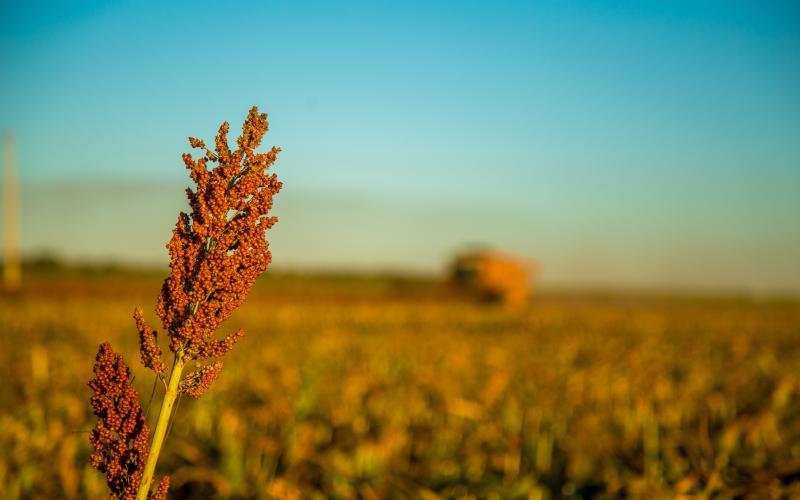
Other Crops
South Dakota’s fertile landscape is home to a variety of crops.
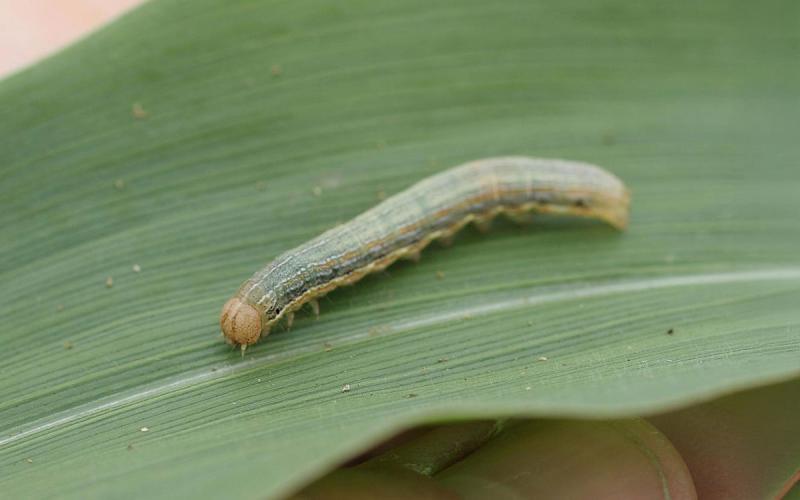
Reports of Pyrethroid Failures for True Armyworm Caterpillar Management
True armyworm caterpillars reached thresholds in oats and wheat in many areas of South Dakota recently. Management efforts to reduce populations had varying levels of success, with SDSU Extension receiving numerous reports of pyrethroid insecticide failures.

Crop Rotation Potential: Improving Soil Health & Farm Profitability
Two-year corn-soybean rotation coupled with heavy chemical inputs has become the routine practice of agricultural production in the Midwestern United States. According to USDA/NASS data, corn and soybean prices received by producers in South Dakota both reached the peak levels of $7.39 and $16.00 per bushel, respectively, in August, 2012.
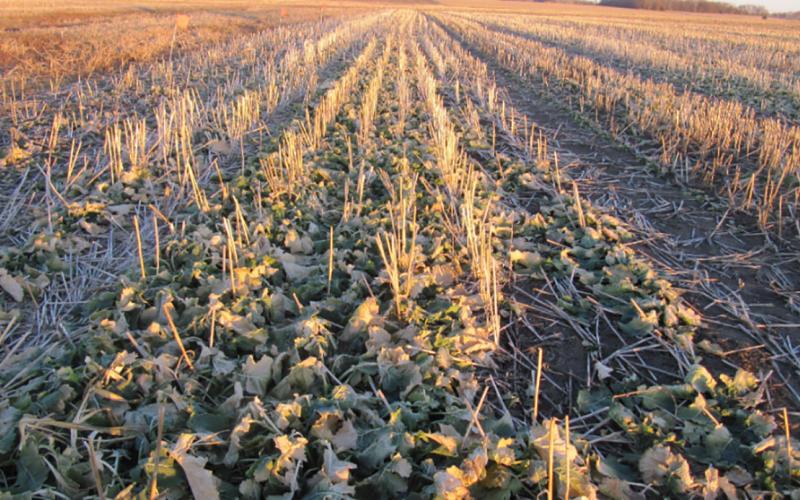
Cover Crops After Small Grains
In last few years, interest in using cover crops has been increasing tremendously among crop and livestock producers in South Dakota. Growing cover crops following small grain is gaining more attention due to feasibility in cover crops species selection and also the time of the year where cover crops receive longer growing and establishing time than following row crops.
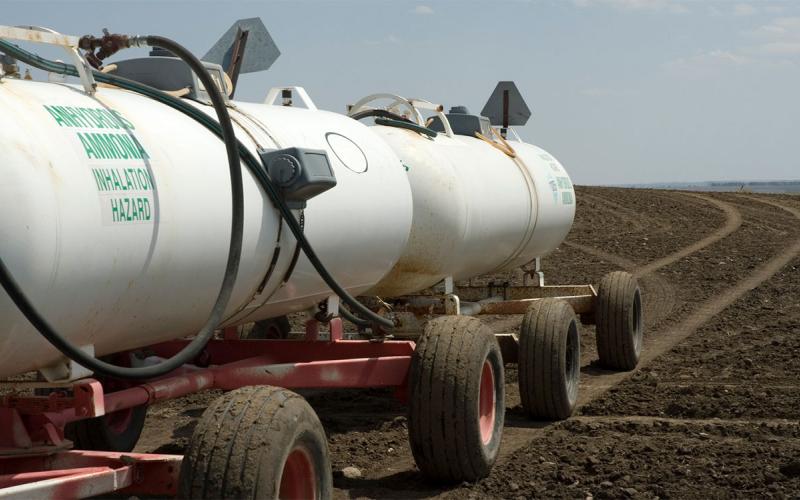
Starter Fertilizer Calculator and Final Report
Decision aid to assist crop planners in selecting the maximum safe fertilizer rate that can be applied with the seed for various crops.
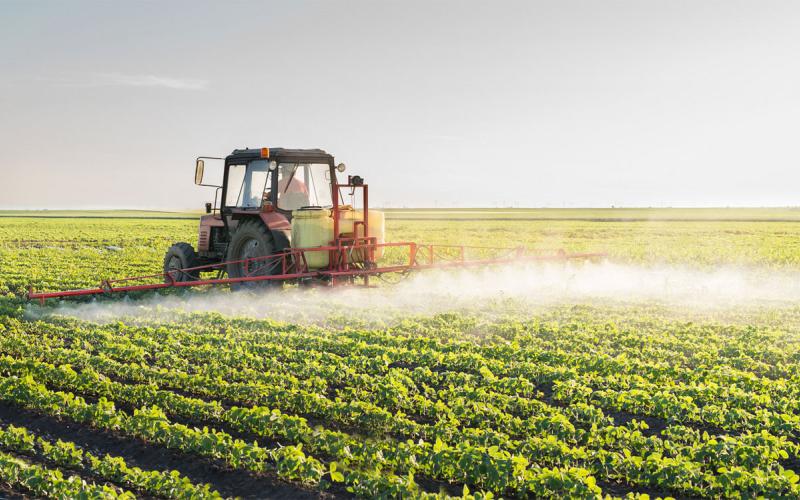
Current State of Row Crop Weed Management in South Dakota
Results of an online survey to determine how South Dakota stakeholders are currently managing row crop weeds.